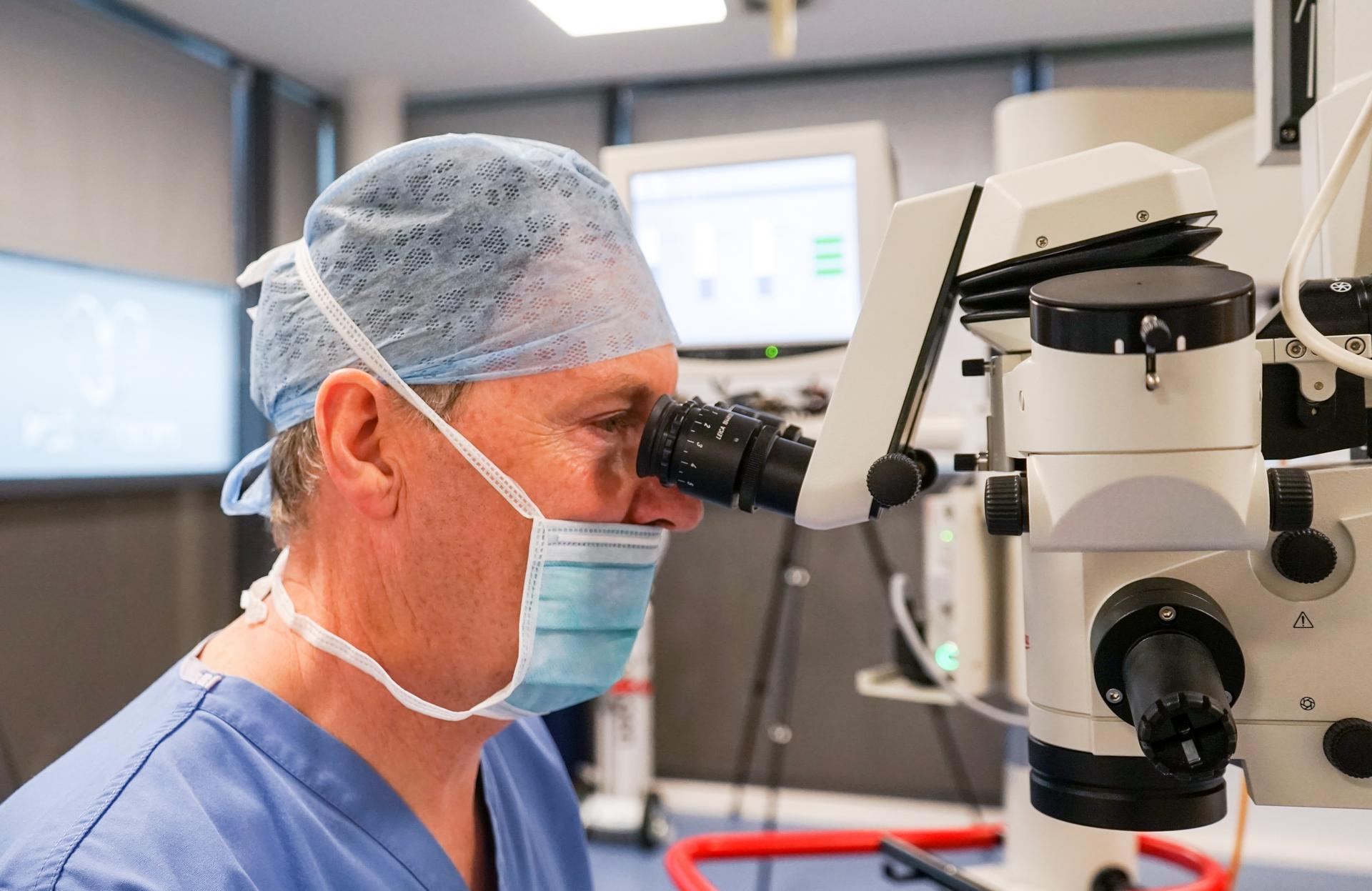What is Blepharitis?
Inflammation of the lid margin is the most common disease of the eye. It is often associated with dry eyes and can produce similar symptoms with soreness and a gritty sensation and in severe cases the lid margins themselves look red and can be associated with some redness of the eye.
There are two types of inflammation that affects the lid, an inflammation at the base of the lashes that produces crusting of the lid and lashes (like dandruff of the lashes) and an inflammation of the glands that produce an oil that contributes to the tears (it floats on the watery layer in the tears to stop the water from evaporating too quickly). Inflammation of the oil glands in the lid is sometimes termed meibomianitis or posterior blepharitis as the glands that produce the oil are called meibomian glands and the pores are situated all along the upper and lower lid just behind the base of the lashes. Most patients with blepharitis will have a combination of both crusting of the lashes and inflammation of the oil glands.
What is the treatment for blepharitis?
The main treatment for blepharitis remains regular bathing of the lid margins or “lid hygiene”. This should be performed at least once a day (preferably first thing in the morning). It should be performed as follows: Place a clean flannel under the warm tap to heat it up, then roll it up and place the flannel against the closed eyelids for several minutes. This in itself is a comforting experience but the warm flannel will be heating up the oily secretions and any pores blocked by thick oils may become unblocked as the heat thins the oil.
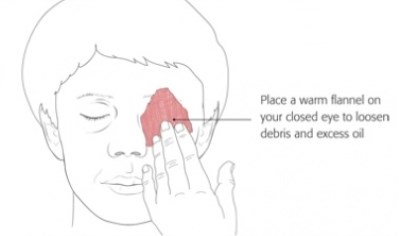
After using the flannel to warm up the lids any crusts on the base of the lashes or excessive oils can be removed by gently but firmly wiping the lid margins (where the lashes come out) with the same flannel but using a different section of the flannel for each eye. This is a simple but effective mechanical removal of the debris that has been “loosened” by the hot flannel. There are also “lid hygiene / lid care” kits available from the chemist as well as microwavable heat pads for the eyes but there is an expense associated with this and often the flannel treatment is just as effective. I would suggest purchasing 7 flannels, one for each day of the week, and at the end of the week wash them all ready to start afresh the following week.
Do not forget however that blepharitis is often associated with dry eyes and artificial tears may also help.
More severe forms of blepharitis can benefit from a short course of antibiotic tablets such as Azithromycin and or use of preservative free steroid drops and ointment. This type of treatment for severe blepharitis needs supervision by an eye doctor.
Problems we can help with
I will explain with the aid of video clips the various eye problems I treat. This includes cataract surgery, refractive lens exchange in patients over 50 and medical and surgical treatments of all retinal and macular problems.

Cataract
I provides advanced micro-incision cataract surgery and will advise on the appropriate intra-ocular lens for your particular needs. This includes toric lenses to correct astigmatism and extended range of vision multifocal lenses to reduce spectacle dependance.
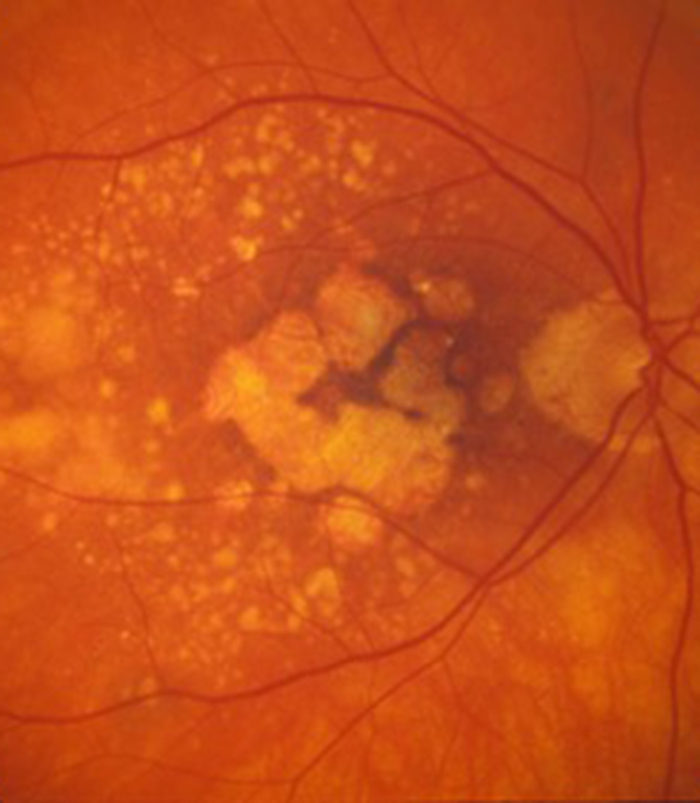
Macular Degeneration
Patients with wet (neovascular) age-related macular degeneration can benefit from prompt injection treatments with various anti-VEGF agents. The first injection can usually be performed on the day of consultation as as "see and treat service".
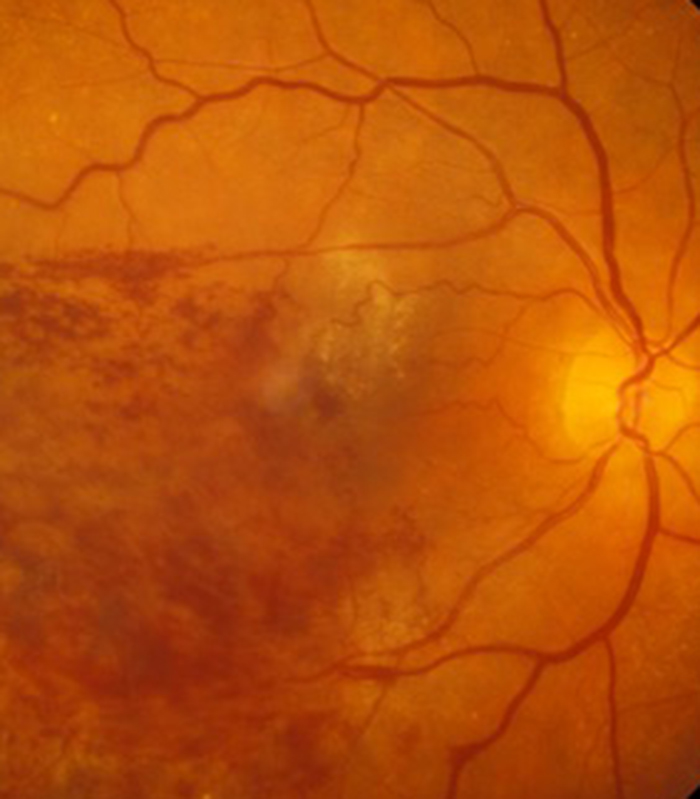
Retinal Vein Occlusion
Blockage to the veins of the retina can produce significant visual disturbance and may require injection treatments with anti-VEGF agents or steroids at Exeter Eye. More severe cases may require laser or surgery at the West of England Eye Unit under Mr Simcock's care..
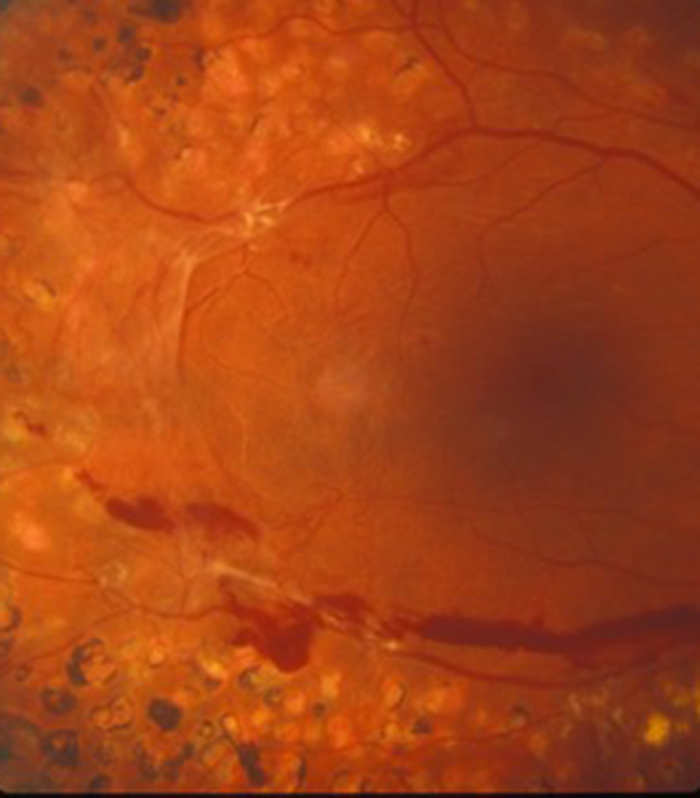
Diabetic Eye Disease
Diabetes is becoming increasingly common and can cause significant visual loss. If detected at an early stage vision can be maintained using injection treatments with anti-VEGF agents or steroids. More serious cases may require laser or surgery at the West of England Eye Unit.
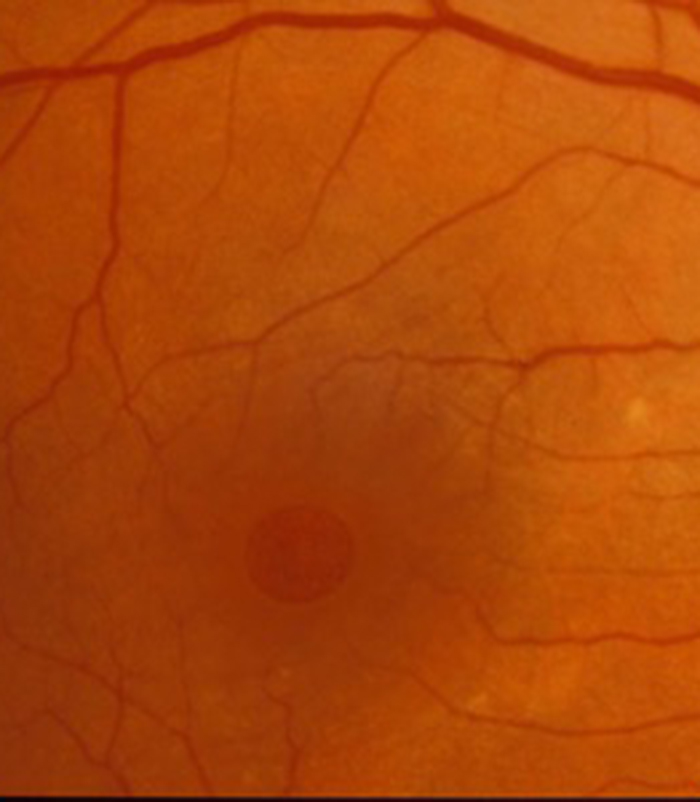
Macular Hole
Mr Simcock has pioneered macular hole surgery in the UK and performs a technique which includes lens removal to prevent patients returning for cataract surgery. The technique also benefits from no or limited (2 day) face down posturing to allow hole closure in most macular holes.
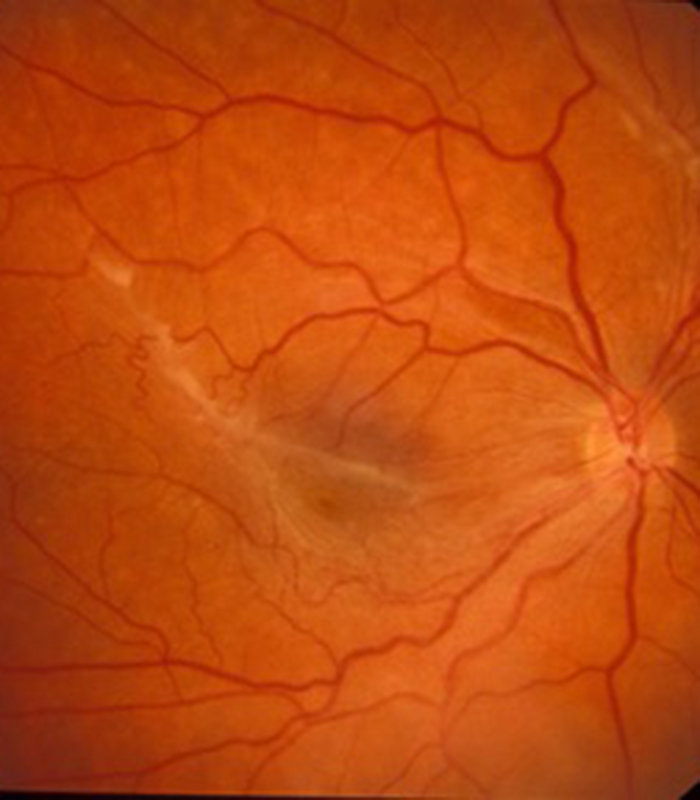
Epiretinal Membrane
Scar tissue on the surface of the macular (central retina) causes blurring and distortion of vision. Surgical removal of scar tissue with vitrectomy can be performed if sufficiently troubled. Most patients notice a significant improvement in vision and reduced distortion with this surgery..
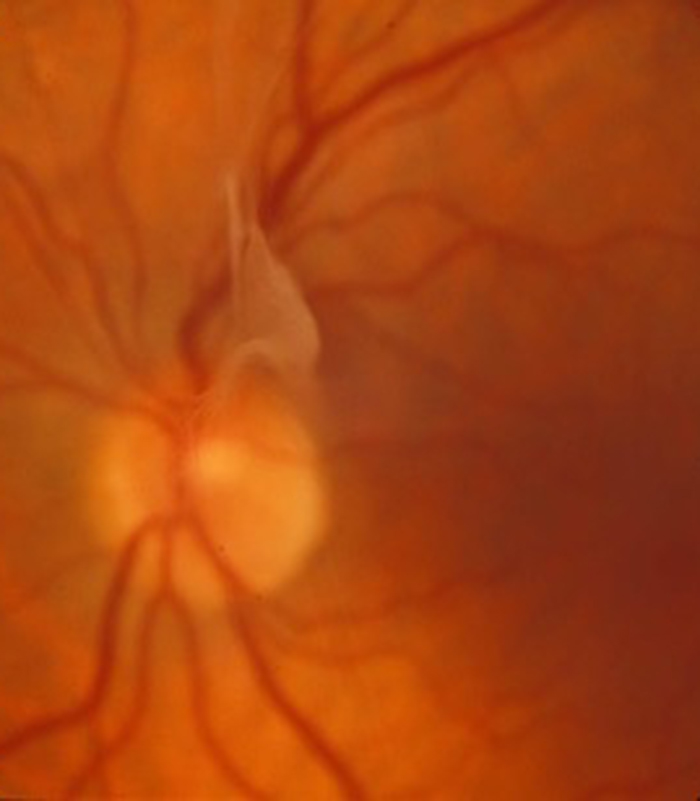
Floaters
Patients troubled by floaters in their vision not improving over a period of at least 6 months may benefit from vitrectomy surgery to remove the floaters. Patient selection is important and depends on age (usually over 50) and the state of the jelly (vitreous) in the main eye cavity.

